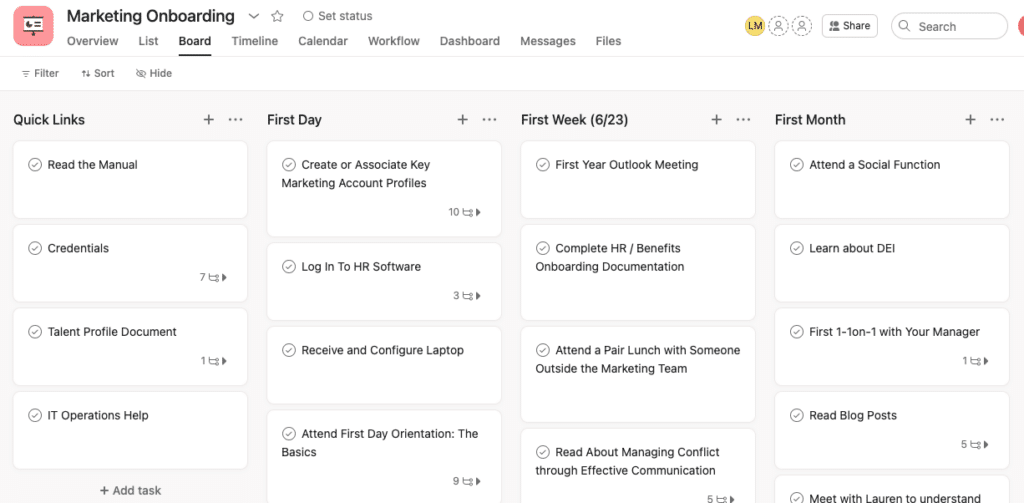It’s been about 13 years since I learned how to drive. In that time, I’ve become comfortable with the road — from the Michigan lefts (if you’re not from Michigan, take a look) to the inevitable road ragers. Recently, my teen sister got her driver’s permit, and going out on the road with her re-opened my eyes to the driving process.
Okay, you’re probably thinking… why does this matter?
Well, Atomic’s marketing team is onboarding a new marketer, and this whole “see the world through new eyes” thing got me thinking about how we might see onboarding through the eyes of a new hire. Here are a few parallels I see between teaching my sister how to drive and bringing someone new onto the team.
1. Get the basics down before you hit the highway.
Ah, the dreaded “driver’s permit test.” Before you can hit the road, new drivers need to pass a 50-question driver knowledge exam that covers things like road signs, safe driving techniques, and the rules of the road. The exam’s purpose is to ensure that new drivers understand the basics before they get behind the wheel.
With a new employee, it can be tempting to do one of two things: overload them with every possible detail about the company and new job OR let them sink/swim on their own as they navigate a new role and company. The permit test offers what I think is a happy medium. No, they won’t be quizzed on every single possible road-based scenario, but they’ll cover the greatest hits. Creating a first-week onboarding process that is comprehensive yet manageable allows the new employee to slowly make their way onto the entrance ramp without feeling like they need to floor it at 80 mph right out of the gate. On our team, we’ve found that a self-serve onboarding process allows for just the right amount of onboarding.
Our director of marketing created a Kanban-style board that clearly communicates the onboarding expectations for the first day, week, month, quarter, 6 months, and year but allows the employee to work through it at their own pace. Here’s an example of what that might look like:
2. Slow and steady beginnings lead to confidence-building
Once they’ve got a handle on the basics and expectations, it’s important to connect the new driver/employee with someone who can guide them through their tasks. If you’re a teen driving a car, this might be your mom or dad. If you’re a new hire, this should be someone from your team, ideally, who does/has done the tasks before. While it may take time on the part of the teacher to build trust, showing up with support and dedicating time to teaching the new employee the ropes will pay dividends.
To help build confidence early on, you can offer new employees opportunities to stick to the roads they know for a bit. For example, if your new marketer has experience with social media, let them onboard to social media early on. They’ll feel ownership and thrive on the comfort of a task they already know a bit about.
3. Practice, Practice, Practice (and fail along the way)
Now that the “driver” solidly understands the rules of the road and has made some trips around the neighborhood, they can get in some practice time. But no one masters a task right away. Many people learn from their mistakes more than their successes. We’re not going to let a new employee crash their car. But, scratching a bumper against a parking block might help the employee better understand their skill gaps and allow the team to develop deeper communication as they navigate through the fix.
4. Getting Their License
Watch out world — the day has finally come! The onboarding to-dos have been checked off, the tasks are solidly in the hands of the new hire, and you’re ready to get back to your long list of to-dos. Before you go back to business as usual, celebrate a bit! Onboarding a new employee (or adding a new driver to the road) can be exhausting for everyone involved. So celebrate your hard work and that of the new employee, whether it’s getting happy hour drinks or having a team potluck lunch. And remember, even though they’re out there on the street alone, be prepared for a fender bender or two down the road.
Onboarding, like driving, is a skill we always need to hone so we’d love to hear — how does your team onboard new employees?


